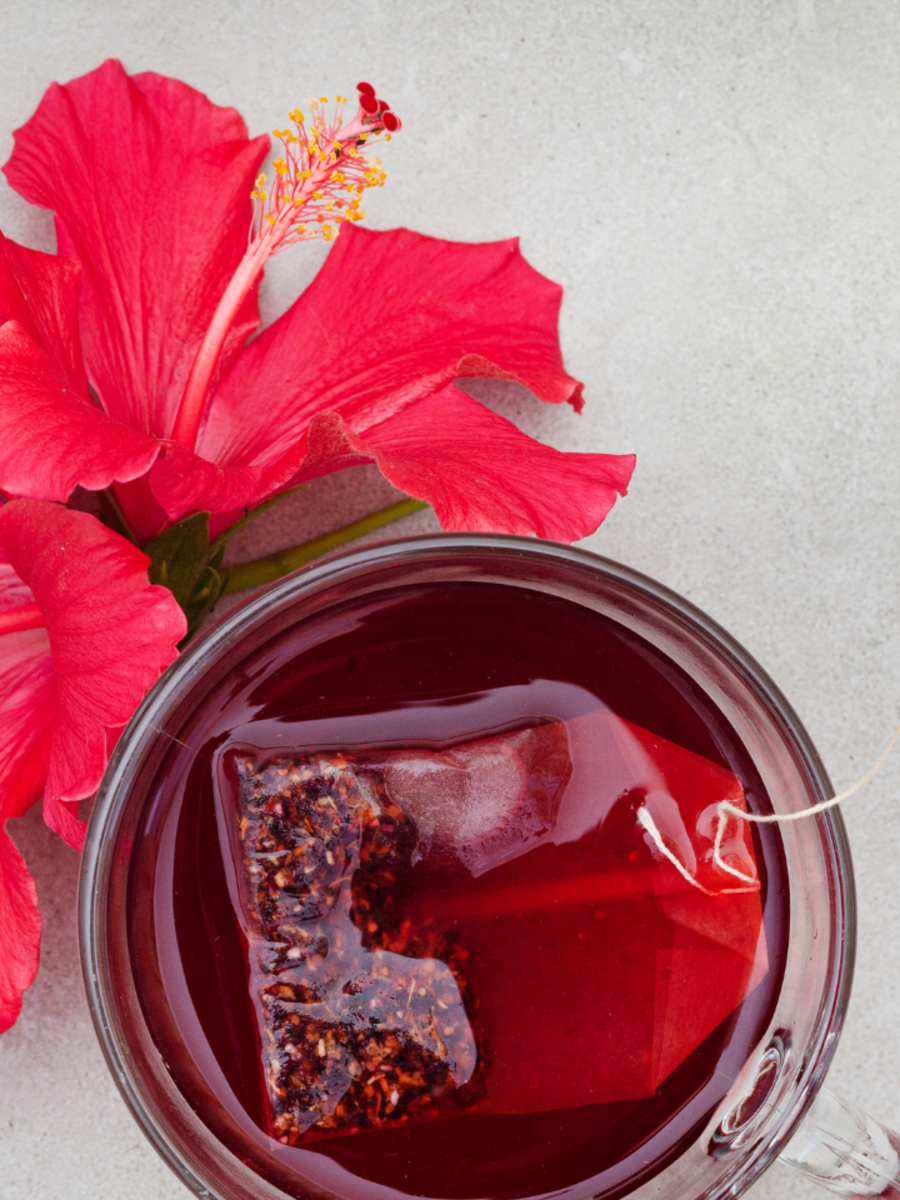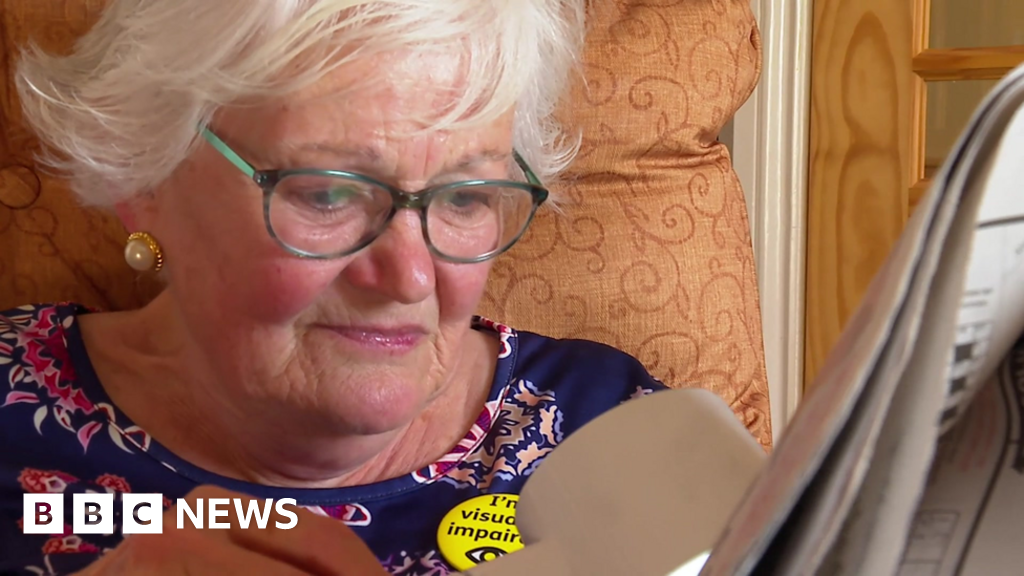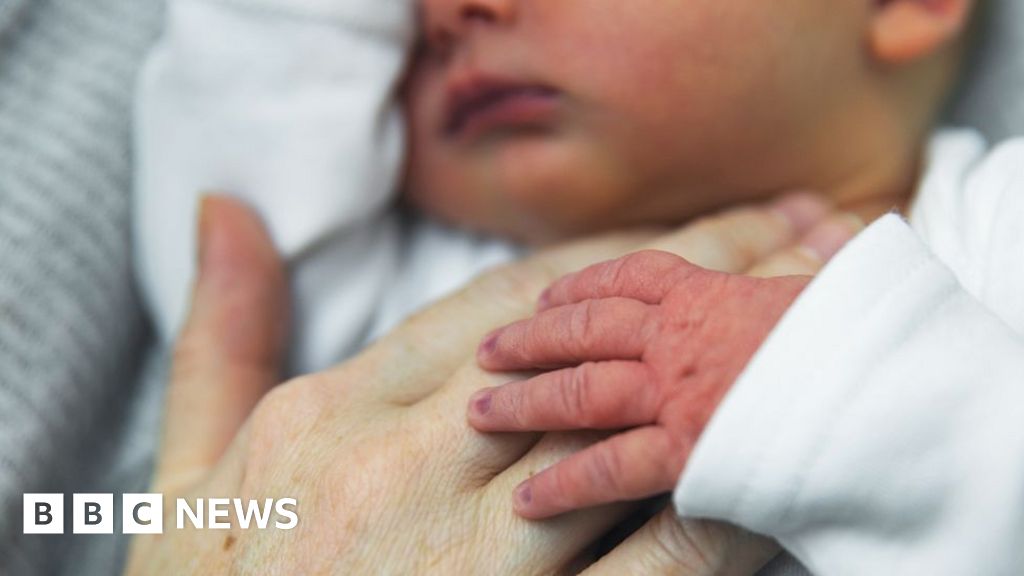Vulvodynia is a chronic pain condition that affects the vulva. (Shutterstock file)
While vulvodynia can occur at any age, it most frequently develops in women between the ages of 18 and 25 or after menopause. The constant discomfort can severely impact a woman’s quality of life, relationships, and mental health
In this article, we will break down what vulvodynia really is, its different types and treatment options to help you find relief.
Vulvodynia is a common condition that affects many women, but it’s often misunderstood. Vulvodynia is a chronic pain condition that affects the vulva – the external female genital area. It involves persistent, burning, stinging, or rawness sensations around the vaginal opening that can make intercourse, tampon insertion, or even sitting extremely painful or uncomfortable. This condition is surprisingly common, affecting an estimated 16 per cent of women at some point in their lives. While vulvodynia can occur at any age, it most frequently develops in women between the ages of 18-25 or after menopause. The constant discomfort can severely impact a woman’s quality of life, relationships, and mental health.
There are two main types of vulvodynia:
- Localised Vulvodynia: This type of vulvar pain is confined to one area or spot. The most common form is vestibulodynia or vestibulitis – where the pain is felt around the vaginal opening (vestibule). Other localised types include clitorodynia (pain in the clitoris) and pain in the Bartholin’s glands.
- Generalised Vulvodynia: With this form, the pain spreads across the entire vulvar area instead of being limited to just one spot. It can involve the labia, vestibule, clitoris and even the perineum (area between vagina and anus). The burning, rawness or throbbing may worsen with pressure from sitting, tight clothing or sex. It is often further categorised as provoked (pain triggered by touch/pressure) or unprovoked/spontaneous (constant pain with no obvious trigger).
Symptoms of Vulvodynia: What to Look Out For
- Burning or Stinging Pain: The most common symptom of vulvodynia is a persistent, burning or stinging pain in the vulva area. This pain can range from mild discomfort to severe, unbearable agony. It may worsen with certain activities like sitting for long periods, exercise, tight clothing, or sexual intercourse.
- Rawness or Irritation: Many women with vulvodynia describe feelings of rawness, soreness or irritation in the vulva, almost like the skin is scratched or grazed. This irritated sensation is often worse after any friction or pressure on the area.
- Entry Pain: For some, the pain of vulvodynia specifically occurs at the vaginal entrance during penetration attempts, like with tampon insertion or intercourse. Known as “entry pain,” this localised discomfort can make intimacy extremely difficult and distressing.
- Other Potential Symptoms: Beyond the pain itself, vulvodynia may trigger muscle spasms or general pelvic floor tightness and tension. You might also experience burning during urination or notice abnormal discharge.
Potential Causes for Developing Vulvodynia
Vulvodynia can develop from a variety of causes. The specific cause is often difficult to pinpoint and may involve multiple overlapping factors. Some potential causes and risk factors include:
- Injury or trauma to the vulvar area from events like childbirth, surgery, chemotherapy treatment, or recurring vaginal infections.
- Genetic factors that make some women more predisposed to developing the condition.
- Hormonal changes or imbalances during periods, pregnancy, or menopause.
- Heightened nerve irritation or pelvic muscle tension in the vulvar region.
- Inflammatory conditions affecting vulvar skin like lichen Sclerosus or lichen planus.
Who are at risk of vaginal pain?
Certain groups of women are at higher risk of developing vulvodynia. These include:
- Women aged 18-25 and those going through menopause.
- Women with a history of chronic yeast infections or vulvovaginal candidiasis.
- Those who underwent certain cancer treatments affecting the pelvic region.
- Women who experienced vulvar injury during childbirth or other trauma.
Diagnosis and Treatment Options for Vulvodynia
Getting an accurate diagnosis is crucial for managing vulvodynia effectively. Your gynaecologist will likely start by ruling out other potential causes of your vaginal pain, such as infections or skin conditions. They may use a cotton swab test to map out the areas of pain and look for abnormalities. There is no one-size-fits-all treatment for vulvodynia, as the condition can stem from different underlying causes. However, some common treatment approaches include:
- Medication: Low-dose antidepressants, anticonvulsants, or topical anesthetics may help reduce pain signalling.
- Physical Therapy: Pelvic floor exercises and massage can relax tense muscles contributing to vulvar pain.
- Lifestyle Changes: Avoiding irritants, using lubricants during sex, and managing stress can provide relief.
It may take some trial and error to find the right combination of treatments. Be patient and work closely with your doctor to monitor your symptoms.
Living with Vulvodynia: Self-Care Tips and Coping Strategies
- Manage Stress and Anxiety: Living with chronic vaginal pain can be incredibly stressful and anxiety-provoking. Finding healthy ways to manage stress and anxiety is crucial for your overall well-being. Practices like meditation, deep breathing exercises, yoga, or talking to a therapist can help you cope better.
- Try Pelvic Floor Physical Therapy: Pelvic floor physical therapy can be immensely helpful for some women with vulvodynia. A specialised pelvic floor physical therapist can guide you through exercises and techniques to relax and strengthen the pelvic floor muscles. This can reduce tension and spasms that contribute to vulvar pain.
- Explore Alternative Remedies: While evidence is limited, some women find relief through alternative remedies like acupuncture, herbal supplements, or topical applications. Be sure to discuss any complementary therapies with your doctor first to ensure they’re safe for you.
- Build a Support System: Don’t go through this alone. Surround yourself with supportive loved ones who can offer empathy and encouragement.
- Practice Self-Care: Nurturing your mental and physical health through self-care practices is vital. Prioritise stress relief, gentle exercise, a nutritious diet, and getting enough sleep. Be patient, kind and compassionate with yourself along this journey.
At the end of the day, vulvodynia is no joke. But you don’t have to suffer in silence! Be your own health advocate and find a doctor who really listens. Try different treatments until you find relief. And remember, you’re not alone – millions of women experience vaginal pain. With patience and perseverance, you can absolutely get your groove back. Stay positive, take care of yourself, and don’t give up!
















































